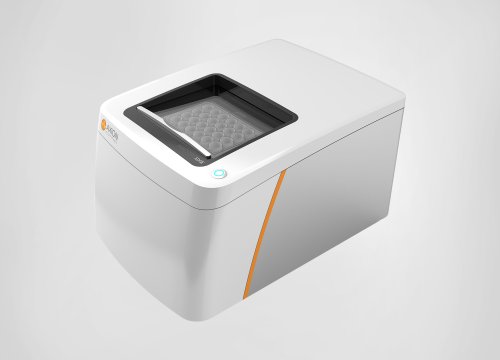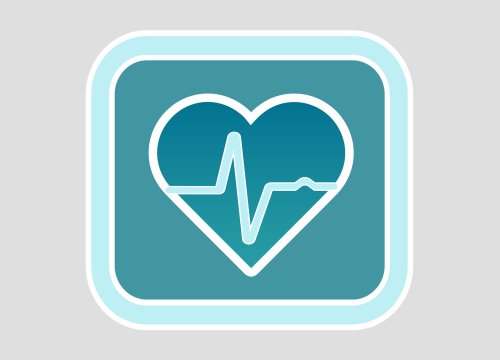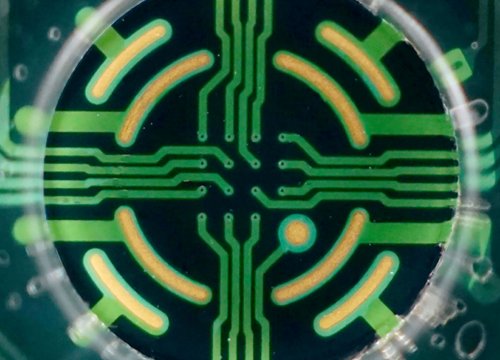Authors: Heo SC, Kim YS, Kim YN, Kim JH, and Kim HJ.
Journal of Dental Sciences, 2022.
Virulence factors released from Porphyromonas gingivalis induce electrophysiological dysfunction inhuman pluripotent stem cell-derived cardiomyocytes
Scientists use Axion’s label-free Maestro platform to explore links between periodontal disease and cardiac arrhythmias.
Periodontal disease is associated with the development of cardiac arrhythmias, but the underlying causative mechanisms are not well understood. In this study, scientists use human embryonic stem cell-derived cardiomyocytes (hESC-CMs) to examine links between cardiac arrhythmias and virulence factors released from Porphyromonas gingivalis(Pg)—a key bacteria in dental plaque that is implicated in the pathogenesis of periodontal inflammation and the progression of periodontal disease.
To examine electrophysiology in the hESC-CMs treated with Pg culture broth in vitro, the scientists used Axion’s noninvasive Maestro multielectrode array (MEA) platform and found abnormalities including reduced beat period, spike amplitude, field potential duration, and conduction velocity. Other findings demonstrated that Pg broth may induce cardiac arrhythmias by downregulating transcriptional factors related to Ca2+signaling. Overall, these results show a novel link between periodontal disease and cardiac arrhythmias—and add to mounting evidence supporting links between Pg virulence factors and the development of systemic diseases including cancer, Alzheimer’s disease, and additional types of heart disease.


